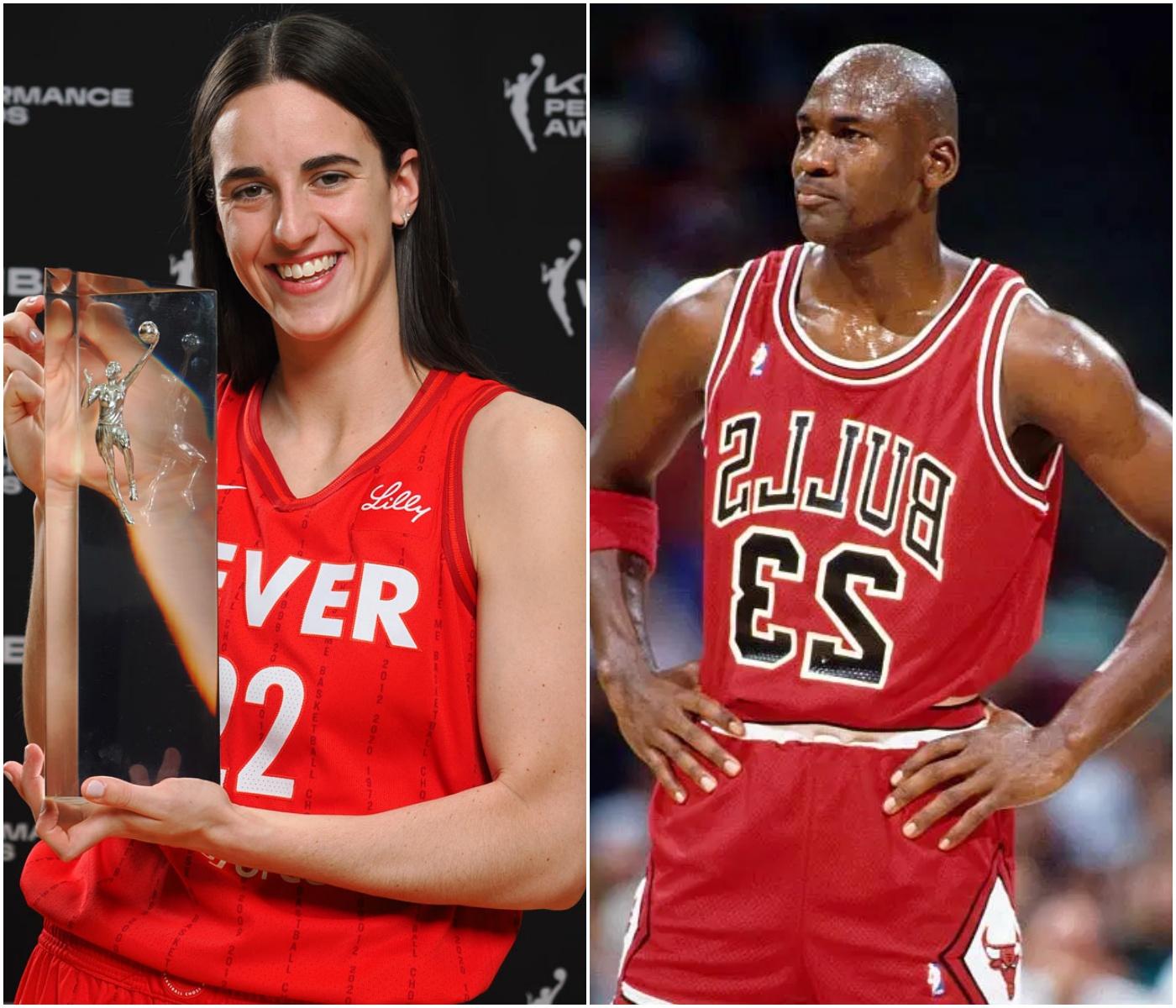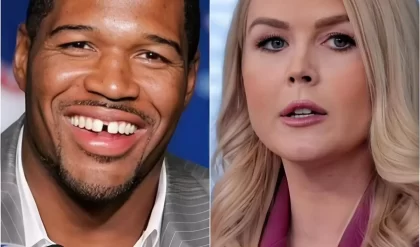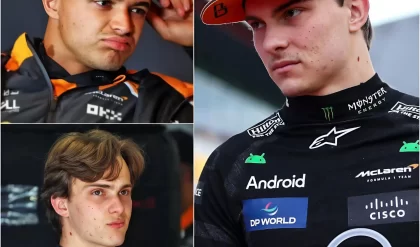The WNBA is a league on the rise. Fan interest is at an all-time high, the play on the court has never been better and the league frequently finds itself as one of the lead topics one some of the leading sports conversation shows.

Interest in the WNBA has been steadily rising this decade, but it kicked into overdrive once Caitlin Clark entered the league last year. The Indiana Fever superstar has been a brand unto herself, thrilling fans with her unlimited shooting range and impossibly angled passes.
Clark’s popularity has done wonders for the WNBA, but it’s also shone a light on just how little the best female ballers get paid compared to their male counterparts. For example, a supermax WNBA contract tops out at just over $249,000 a year. In the NBA, Shai Gilgeous-Alexander just signed a deal that will pay him more than $70 million annually.
As a second-year player, Clark isn’t even eligible for the supermax. She’s still on her rookie contract, which pays her about $78,000. That’s a solid salary for your average Joe, but for a superstar whose name and face are recognized around the world, it’s peanuts. The vast majority of her earnings come from her many sponsorship deals instead.
On the most recent episode of the No Offseason podcast, Clark’s revenue-generating power was a prime topic. Ben Pickman, staff writer for The Athletic, cited multiple sources that pegged Clark’s value to the league at a billion dollars or more. As evidence, he mentioned Sportico’s findings that “WNBA franchise valuations are up 180% from 2024 to 2025.”
Pickman also brought up how women’s sports across the board, from soccer to volleyball to softball, have all become more popular and, as a result, more valuable. “It’s not all to be attributed to Caitlin Clark, but the kind of buzz that she has helped to create has obviously helped increase the value of not just the W but the ecosystem in general,” he said.
Clark isn’t the first athlete to generate much more value than what they themselves are paid. Before the NIL era, college athletes routinely found themselves in that position, with Johnny Manziel being an oft-cited example.
Clark’s impact on the WNBA has been positively Jordan-esque, which is fitting since MJ is credited with taking the entire NBA to new heights thanks to his unmatched popularity.
Pickman spoke on his recent article in The Athletic that compared the Clark effect to the Jordan effect. “We start the story, and we make an analogy to Michael Jordan,” he said.
“In the 1990s, there was this famous study in which two economists said, ‘What was Michael Jordan’s value to the NBA at that time?’ And someone said that basically Jordan generated more than $50 million to other teams, which is more than $120 million today.”
The WNBA is hoping to capitalize on Clark’s impact the same way the NBA did, and so far, they’re on a good track. The new expansion teams in Detroit, Philadelphia and Cleveland reportedly cost $250 million apiece, an enormous jump from the reported $50 million that the Golden State Valkyries, who are now in their inaugural season, cost Warriors owner Joe Lacob.
For Clark to continue that momentum, she’ll need to stay healthy, because this season has been a bumpy ride. She’s only played in half of the Fever’s games so far as she’s dealt with quad and groin injuries, and Indiana is currently just 9-10 on the season.





